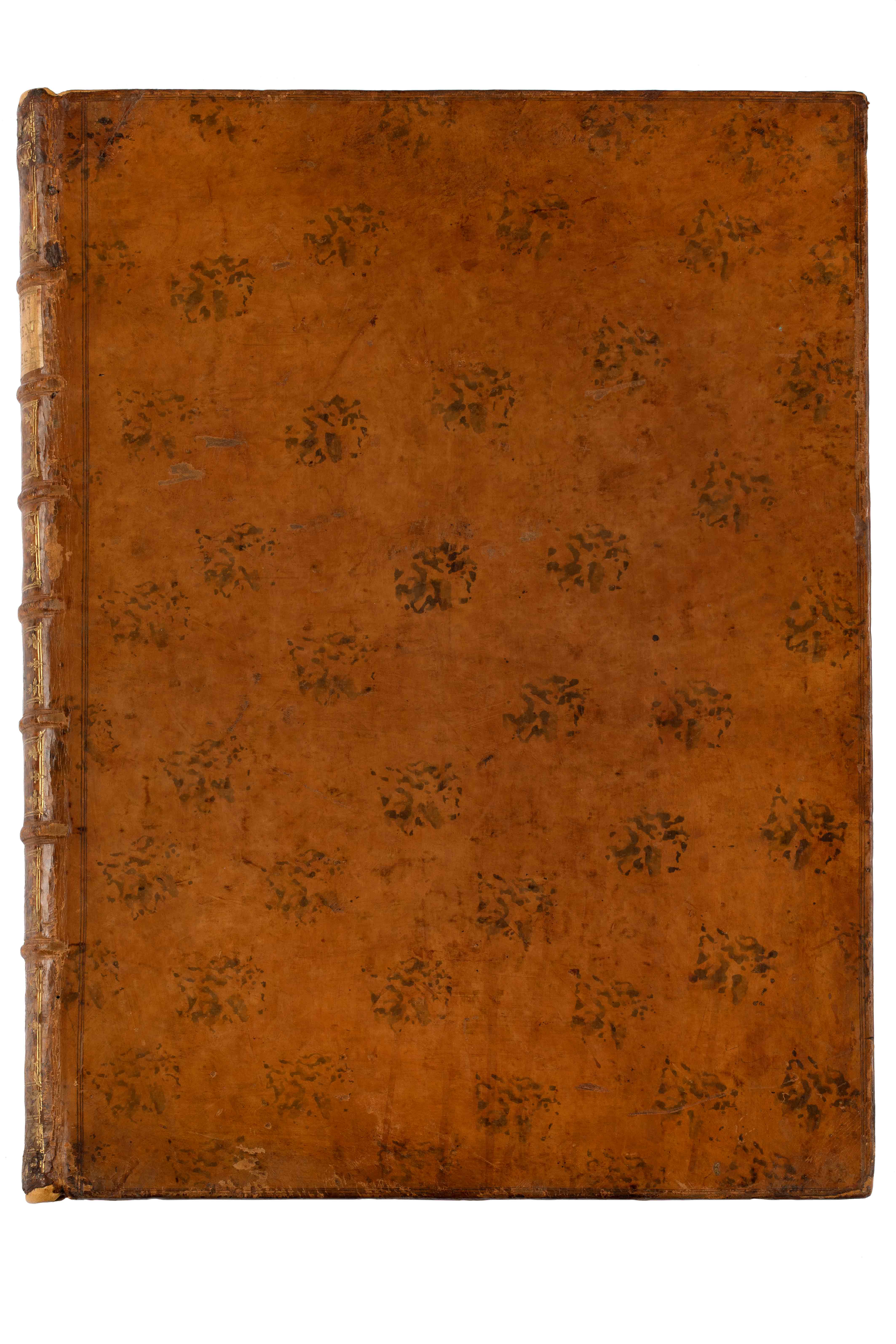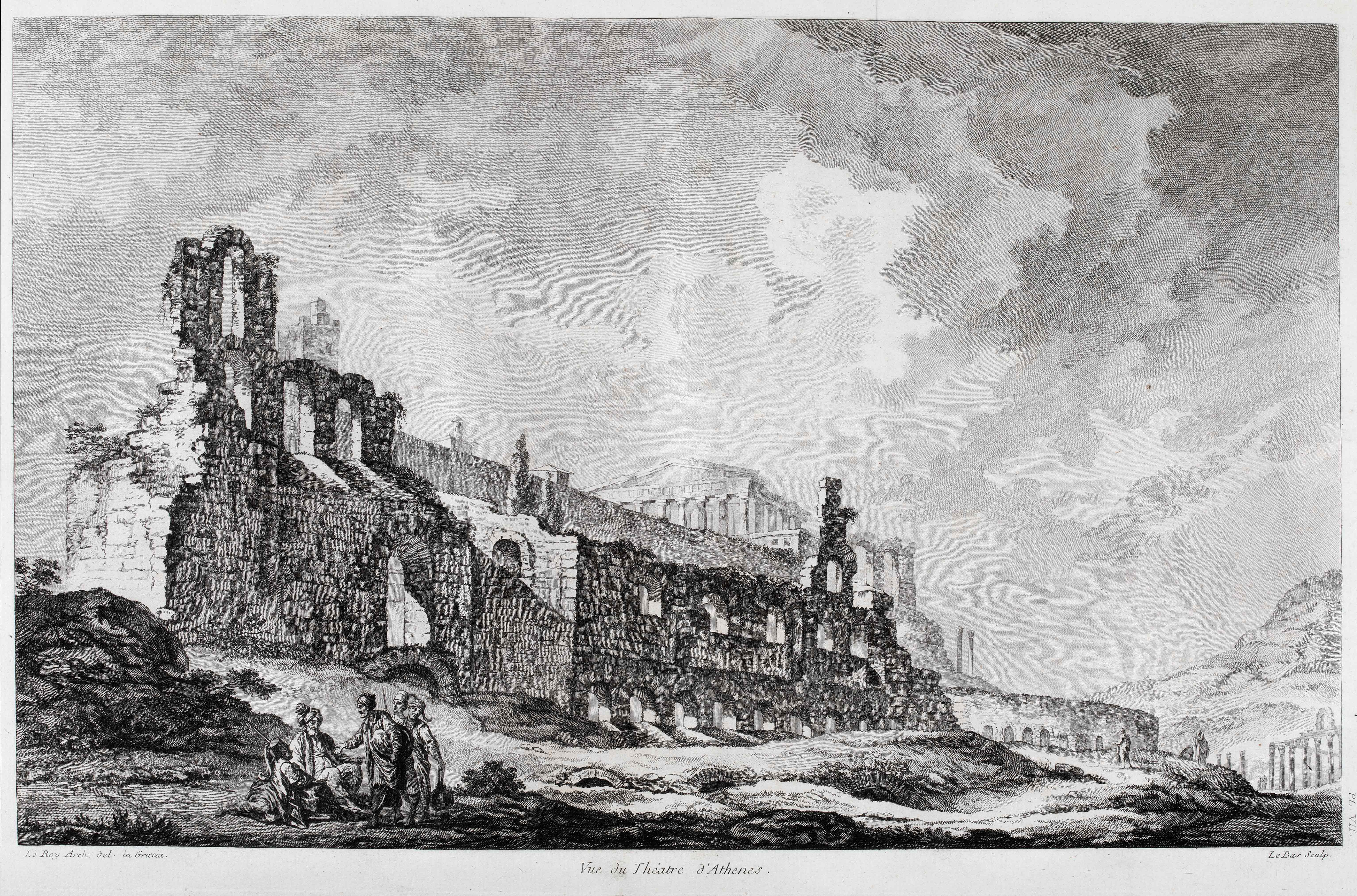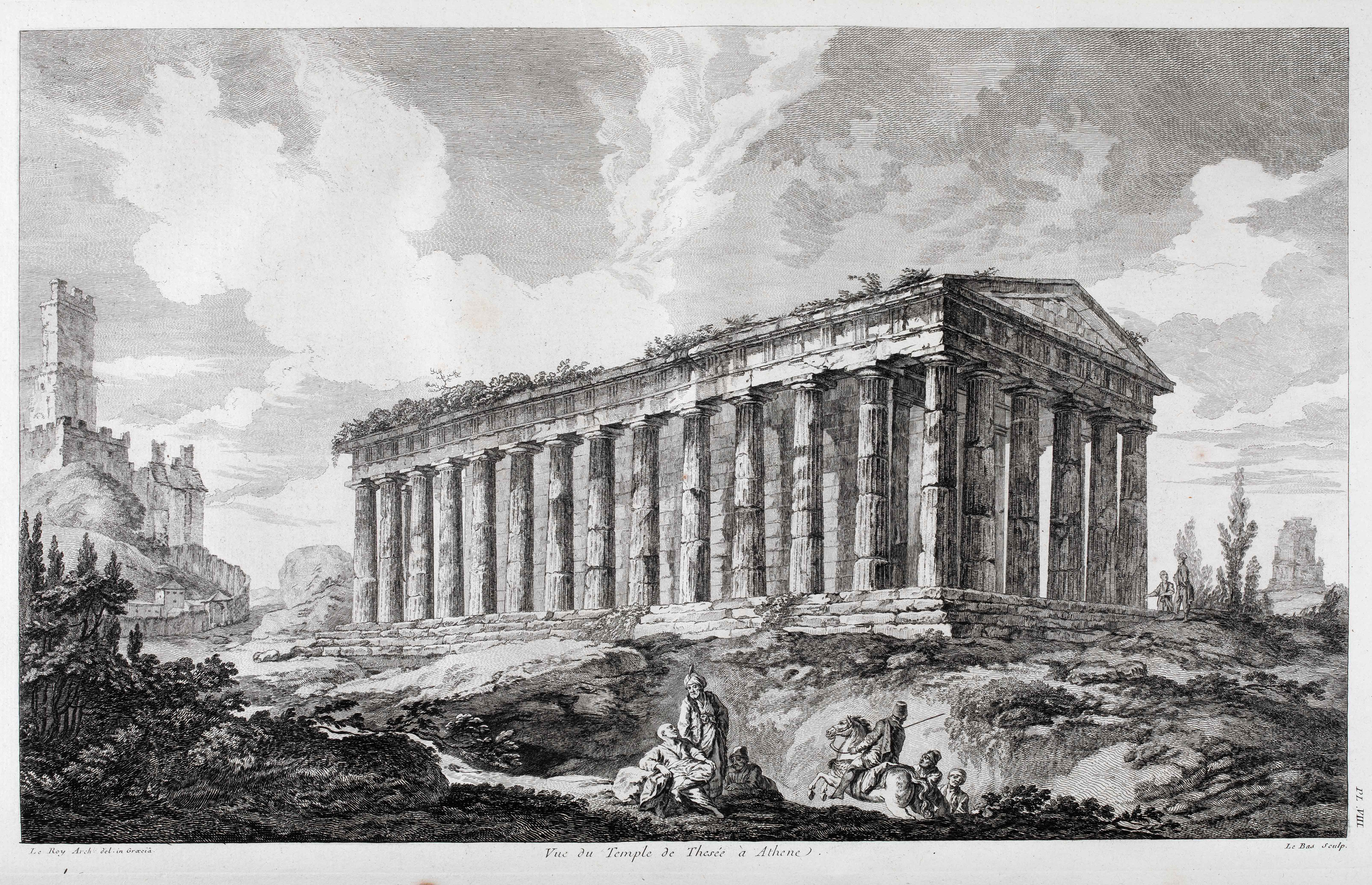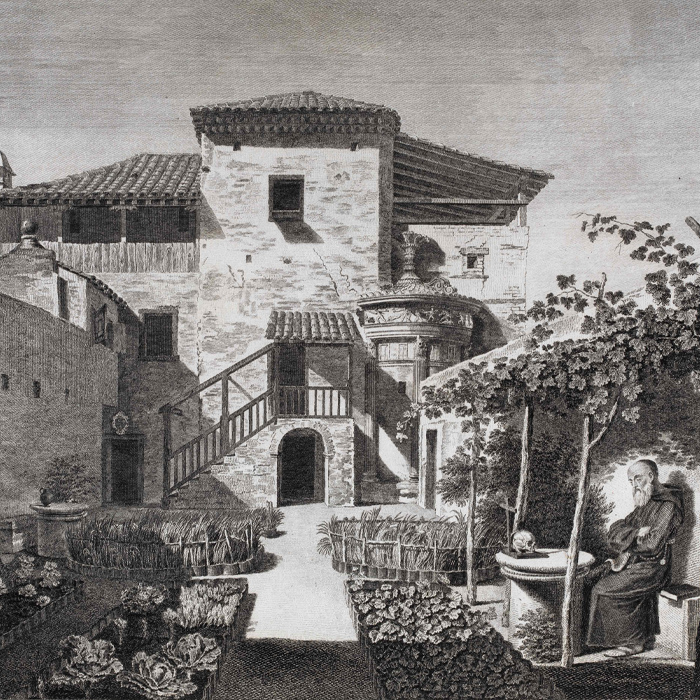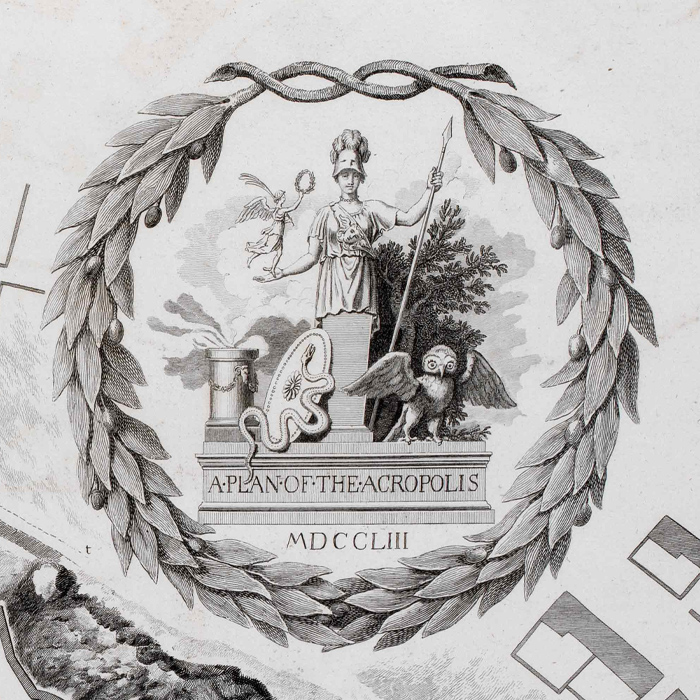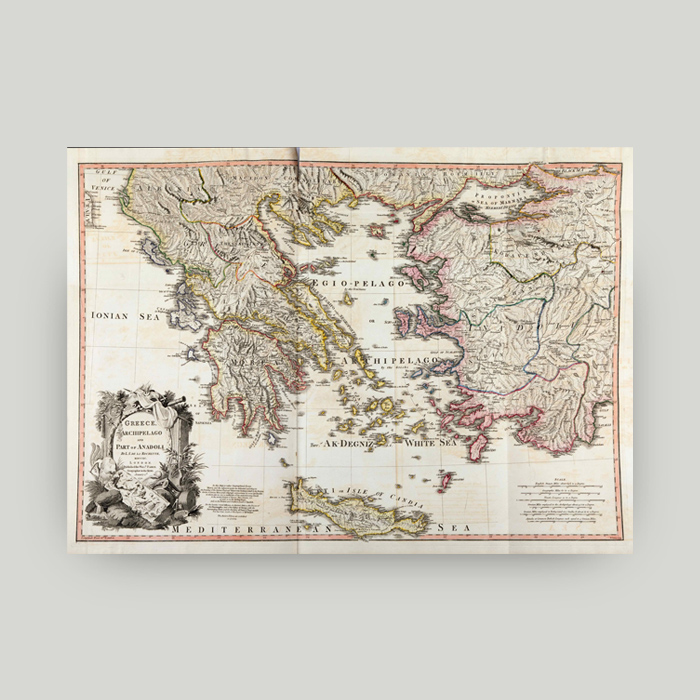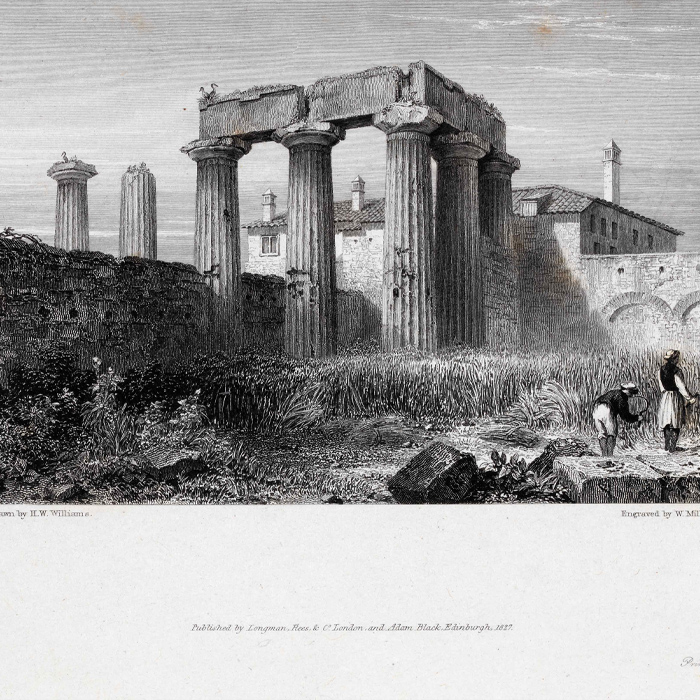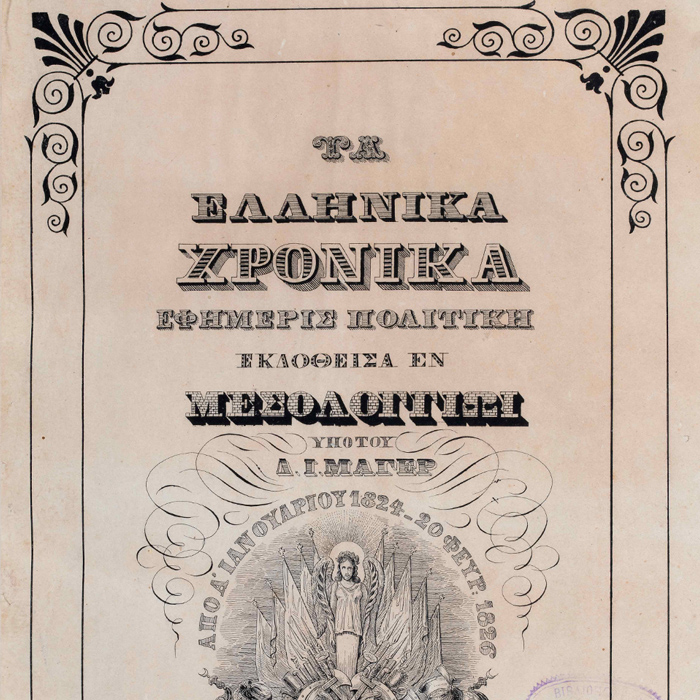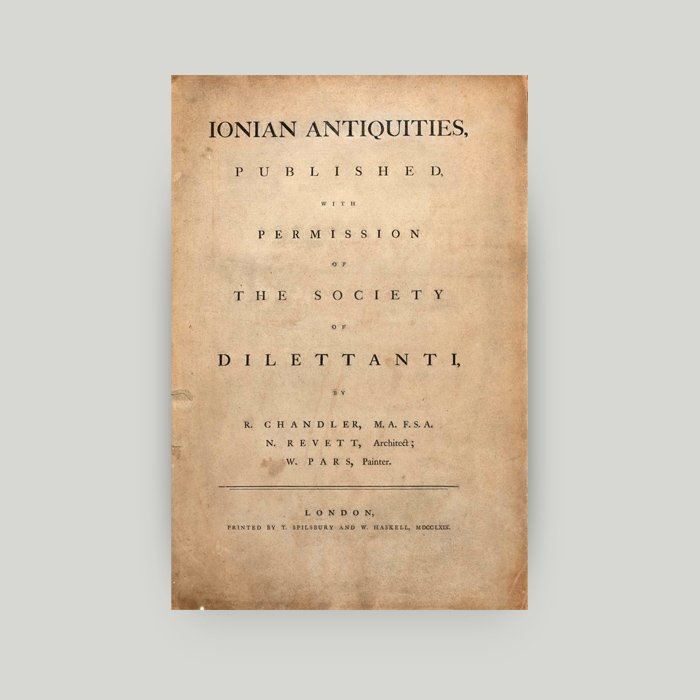Les ruines les plus beaux de la Grèce
The book Les ruines les plus beaux de la Grèce is of great value. It is the 1st book which documents, both historically and architecturally, the monuments of Athens, and features etchings and chalcography prints. The author, Julien-David Le Roy, published the book 4 years ahead of his competitors, James Stuart and Nicholas Revett, who had been studying classical Athens since 1748.
External appearance and illustrations
The book Les Ruines des plus beaux monuments de la Grèce considérées du côté de l'histoire et du côté de l'architecture. Seconde edition corrigée et augmentee. Tome premier-Τome second is 41 cm (width) x 52 cm (height).
It is a thick, heavy book, with a brown leather cover. It is divided into 2 parts, as it incorporates both volumes of the work.
It features etchings and chalcography prints depicting monuments of Ancient Athens, as they stood in the 18th century.
Ancient monuments in one book
The long title of the book translates to: “The ruins of the most beautiful monuments of Greece, considered from a historical and architectural standpoint. Second edition, corrected and augmented. Volume 1 – Volume 2.”
The book is the 2nd edition, dated 1770, which includes some corrections. The monuments that are featured in the book are dated until the end of the 5th century BCE, the Age of Pericles.
A scientific record of Greek monuments
French architect and archaeologist Julien-David Le Roy arrived in Istanbul in May 1754 on board a French vessel. He crossed the Aegean Sea, passing from Smyrna and the island of Delos, and ending up in Athens, in February 1755, where he spent a few months.
With the help of Pausanias’ texts and the guidance of an order of Capuchin monks, he identified the ruins of ancient monuments, measured and then drew them. He continued his research in Piraeus, Sounion, Corinth, Thoricus and Sparta.
The book Les ruines les plus beaux de la Grèce has great scientific value. It is the 1st book which documents, both historically and architecturally, the monuments of Athens, providing detailed information.
Le Roy studied the Greek monuments within a wide, international cultural framework. He wanted the object of the pictures and the emotion they evoke to supersede their artistic value.
A bitter rivalry
Le Roy had a rivalry with British James Stuart and Nicholas Revett, who had been studying classical Athens since 1748. He was able to publish his book in 1758, 4 years ahead of the British one, which was titled The Antiquities of Athens.
The British scholars criticised Le Roy’s book heavily. They claimed that the depictions were inaccurate and sketchy. Themselves had spent approximately 3 years in Athens, whereas Le Roy had only stayed 3 months.
Nonetheless, both publications, the French and the British one, were considered pioneering for the modern age, especially in relation to our knowledge on classical Athens.
The Alpha Bank Library also holds volume 1, volume 2 and volume 3 of the rival publication The Antiquities of Athens by Stuart and Revett.
The advantages of Le Roy
Le Roy’s book has certain advantages over the book of Stuart and Revett:
- He had easier access to ancient monuments, due to the good relations between France and the Ottoman Empire.
- He had the support of the artistic circle of French artist Comte de Caylus (1692-1765).
- He commissioned the best printmakers and architects to create the illustrations of his work. His book circulated in almost every part of pro-revolutionary France.
A versatile writer
Julien-David Le Roy (1724/1728-1803) was born in Paris. He studied Architecture under Jacques-François Blondel and travelled to Rome on a Scholarship from the Architectural Academy (1751-1754).
He was an elected member of the American Philosophical Society. In 1762 he became an official historian of the Académie Royale d'Architecture and taught there for 40 years. His studies included Christian churches and ancient vessels. In fact, he built a trireme himself, albeit rather unsuccessfully.
A book in the spirit of its time: The Grand Tour
For a long period over the 18th and 19th century, young, wealthy European aristocrats travelled all over Greece. They were accompanied by friends, servants, tutors, doctors, artists and scientists. This type of travelling was called the “Grand Tour”.
In their visits to Greece, the travellers:
- Engaged in nature-watching.
- Admired ancient ruins and monuments.
- Expressed interest in native traditions and behaviours.
- Drew inspiration from Greek philosophy and were charmed by Greek mythology.
Then, the travellers would write an account of their impressions, drawing pictures and paintings of everything they had seen. However, oftentimes they also composed quite complex scientific works.
Ancient Greece: The first port of European history
The Grand Tour began as a quest of a new European identity, based on humanistic education and classical studies. The travellers had a passion for antiquity, and followed in the footsteps of Pausanias, Herodotus, Plinius and others.
Ancient Greeks held a prominent position due to the virtues attributed to them. Moreover, they were the first and most critical link in the 3-part chain, past-present-future, of the European historical continuum.
The various approaches of antiquity were based on the common belief that history is a progressive and cumulative process: The past drives the present towards a better future.
The Alpha Bank Rare Book Collection is not open to the public.
However, you may visit the other collections of the Alpha Bank Library.
